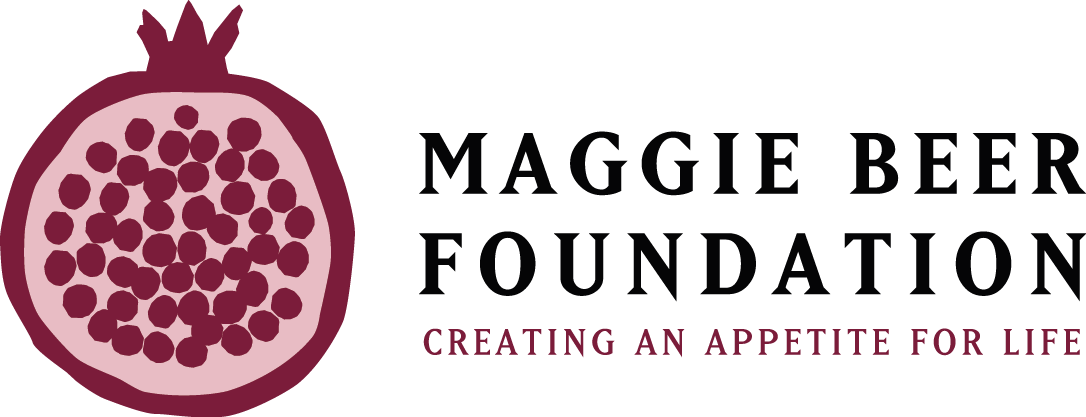Legumes belong to the Fabaceae (or Leguminosae) family of plants which are identified by their seed bearing pods. The most common varieties for human consumption include beans (kidney beans, lima bean, navy bean, etc,), peas, chickpeas, lentils, soybeans and peanuts. The term pulse is usually reserved for legumes that are harvested solely for their dried seed, however, the terms legumes and pulses are often used interchangeably.
Legumes contain approximately 20-25% protein, 65-72% carbohydrate and dietary fibre as well as a range of vitamins and minerals. We have talked about the importance of protein in previous newsletters, they are the building blocks of life and essential components for every function in our body from muscle movement to our immune system. The most common source of protein in the Australian diet is meat, chicken, fish and dairy however vegetarians must look to plant based protein foods such as legumes and pulses. For more detail on protein please visit my previous article.
As legumes are so rich in carbohydrates and dietary fibre I’d like to talk a little bit about why fibre is so important. Our digestive tract breaks carbohydrates down into simple sugars, which are absorbed in the small intestine, and fibre/starch, which pass through to the colon. There are two main kinds of dietary fibre, soluble and insoluble.
As the name suggests soluble fibres dissolve in water to swell and form a gel. This slows down digestion which helps us to feel fuller, helps lower cholesterol and stabilises blood glucose levels. Insoluble fibres are the indigestible part of plants and vegetables that add bulk to our stools, reducing constipation.
Like fibre, resistant starch is a type of carbohydrate that we can’t digest so it travels to the colon where it becomes fermented, producing short chain fatty acids. These stimulate blood flow in the colon and are a preferred source of fuel for colon cells, they also appear to inhibit cell mutations (which are the precursor to cancer). Cooked legumes contain about 4-5% of their weight as resistant starch, 4-5 times more than other starchy foods such as white bread or potatoes.
Whether you are a vegetarian or omnivore, legumes are a nutritional powerhouse. As mentioned, they are high in protein and fibre but also low in fat. The high amount of fibre means they are digested and released slowly into the blood stream which is beneficial for diabetics and managing blood sugar levels. Research suggests that the regular inclusion of legumes in our diet can lower cholesterol (another benefit of high fibre) and reduce blood pressure.
Legumes and pulses are incredibly economical and versatile. In their dried form they can be safely kept in dry storage for up to one year, they simply need to be soaked and then boiled before use. To cut down on labour you can buy pre-cooked pulses in the canned vegetable aisle of the supermarket. Legumes and pulses are also environmentally friendly crops, they produce more protein per acre than animal farming, they require less water per kilogram of protein produced compared to animal farming and they return nitrogen to the soil, reducing the need for fertilizers.
Here are some suggestions for adding legumes to your life!
Chickpeas
- Kabuli chickpeas are the type that you would typically find in the canned vegetable aisle and these are the variety that are used to make hummus. You can also add them to soups, curries, casseroles and salads. They are delicious when fried or roasted to make a crunchy snack, similar to peanuts.
- Desi chickpeas are the type that are usually ground to make besan flour which can be used in both sweet and savory recipes to increase the protein content. This variety is also split and made into Chana Dhal.
Lentils
- Brown/Green (whole) lentils retain their shape and texture in dishes. They can be added to soups and casseroles and used as a vegetarian substitute for minced meat in dishes like bolognaise or shepherd’s pie.
- Red/yellow (split) lentils break down in dishes and can be used to make dhal, soups, patties and vegetarian loaves. These can also be used to thicken tomato-based soups and casseroles to increase the protein content.
Beans
- Fava (broad) beans are traditionally used to make the Middle Eastern dish, falafel (although you may also find them made from chickpeas). Delicious as a bite size snack or stuffed into a pita bread with some salad and yoghurt.
- White beans such as navy beans, great northern beans and lima beans have a delicate flavour that lend themselves to Mediterranean style dishes such as baked beans or bean salads.
- Red beans (e.g. kidney beans) and black beans have an earthier flavour than white beans and can be used as a meat substitute in dishes and lend themselves particularly well to Tex-Mex dishes such as chilli con carne, enchiladas and burritos.
On average, Australians eat less than one third of a serve of legumes per week and less than 35% are eating legumes regularly! The Australian Dietary Guidelines recommend 5 serves of vegetables per day (including legumes) and the American Dietary Guidelines recommend a weekly serving of 1 ½ cups of legumes per week. I hope that you have been inspired to include legumes and pulses into your diet.
Image courtesy of Pulse Canada


